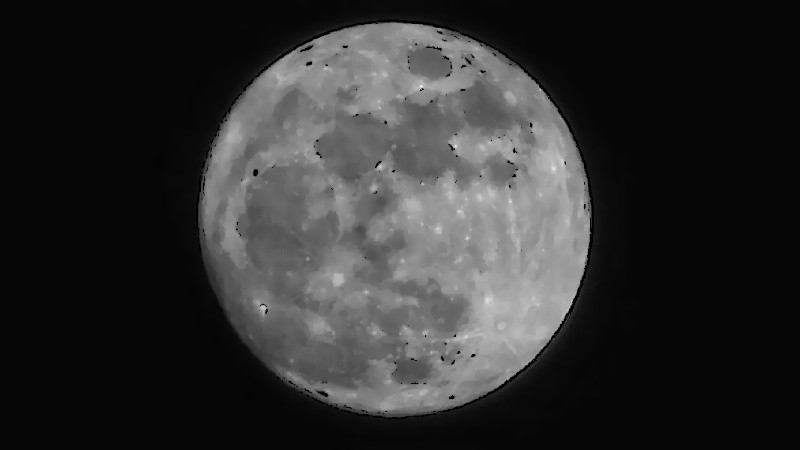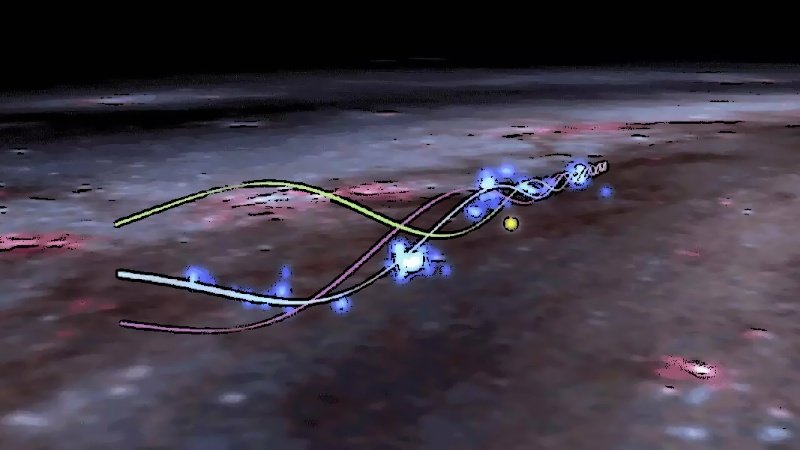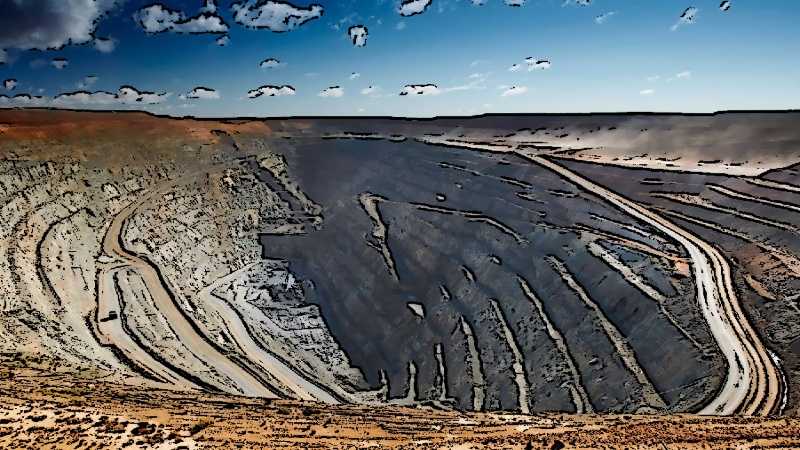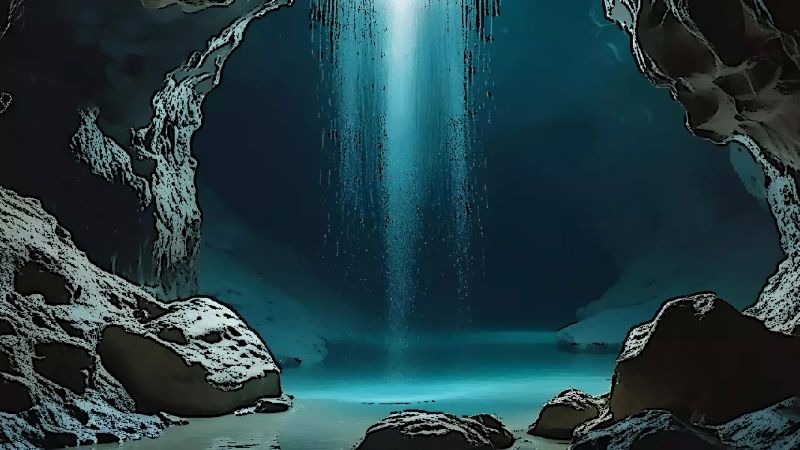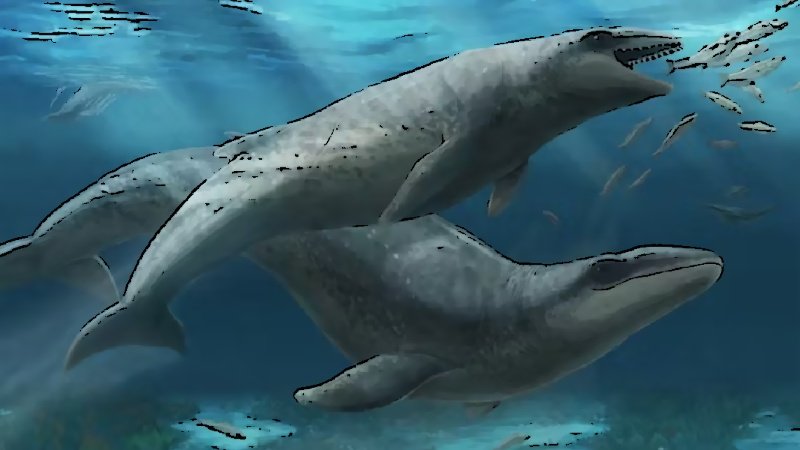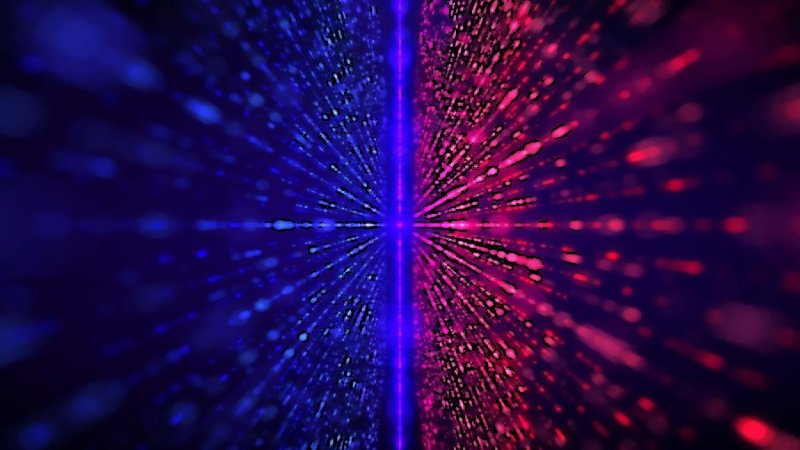The Mystery of the Nameless Ancient Humans
Science 8 days ago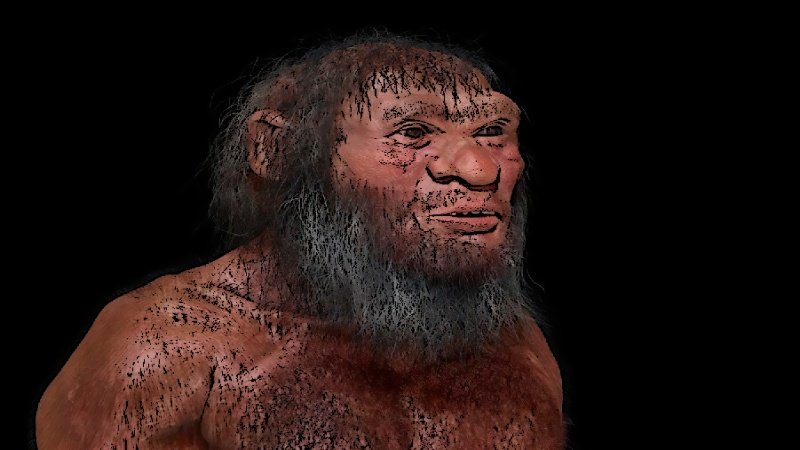
The Denisovans, discovered in 2010 through a finger bone fragment in Siberia’s Denisova Cave, represent one of the most enigmatic chapters in human evolution. Their DNA reveals they were distinct from both modern humans and Neanderthals, yet interbred with our ancestors. Despite their genetic uniqueness, the absence of a complete skeleton has left them without an official species name, highlighting the challenges of classifying ancient humans.
The recent identification of the Harbin skull, nicknamed ’Dragon Man,’ as a Denisovan provided the first glimpse of their facial features. This breakthrough, along with scattered fossils from Tibet and Taiwan, offers tantalizing clues. However, the scientific community remains divided on which fossils truly belong to the Denisovans, complicating efforts to formally describe the species.
Beyond the scientific hurdles, naming the Denisovans involves navigating the intricate rules of taxonomy. With dozens of unclassified hominin fossils across Asia, researchers must balance molecular evidence with morphological analysis. Until more complete remains are found, the Denisovans will remain a nameless yet pivotal part of our ancient past.
 Português
Português English
English Français
Français Deutsch
Deutsch Nederlands
Nederlands 日本語
日本語 Español
Español
